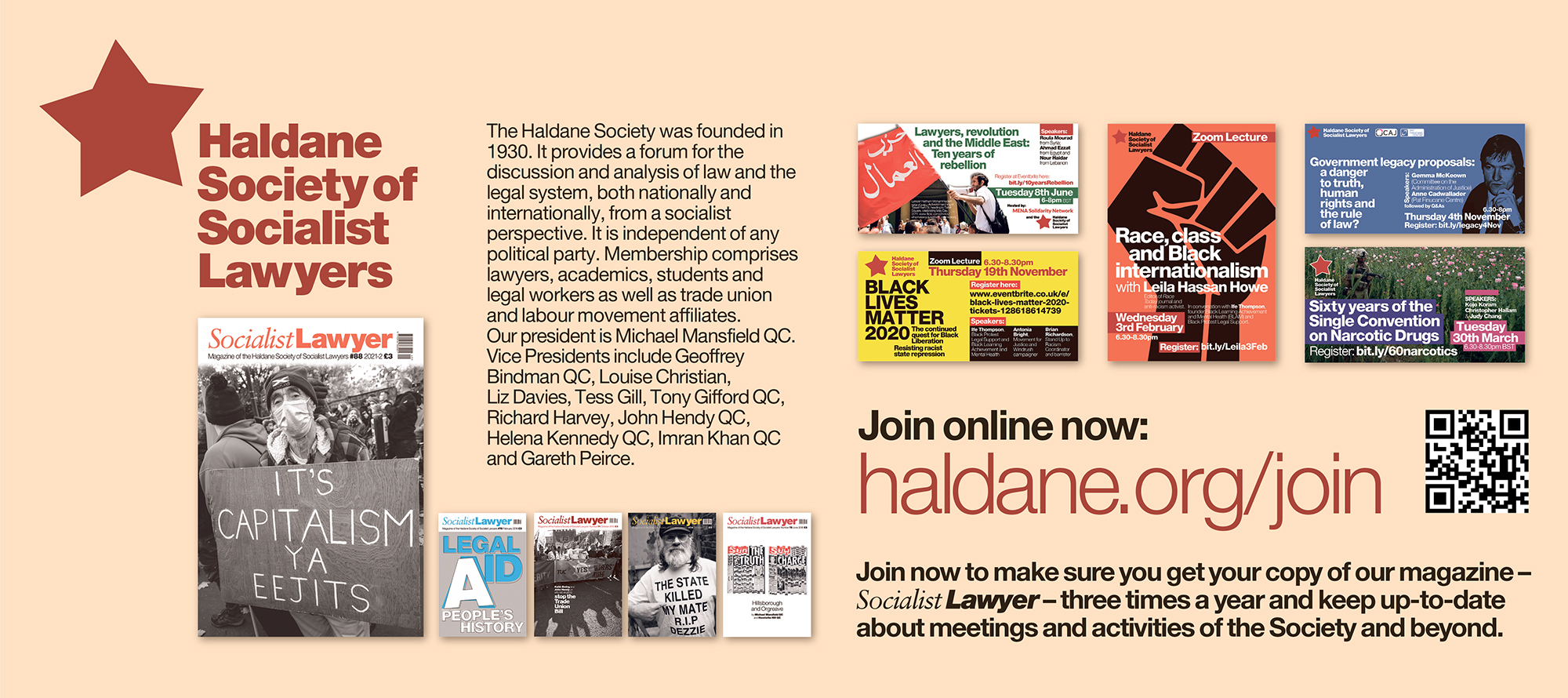Bernard Ryan, University of Leicester
18 July 2014
The Migration Advisory Committee report Migrants in Low-skilled Work, published on July 8, is remarkable in many ways. Since its establishment in 2007, the MAC has generally advised Governments on specific aspects of immigration policy concerning non-EU nationals.
That has not always left it space to show concern for those in the bottom half of the income distribution. For example, in 2011, it was asked by the Coalition Government to advise on the minimum income necessary for family migrants not to be a “burden” on the taxpayer. That led it to propose a figure of £18,600, which exceeds both the minimum wage for a full-time worker and the average income in several UK regions.
Its latest report is quite different, and offers a broad review of lower skilled work by migrants (defined as persons born outside the UK) in the United Kingdom, and of associated public policy questions. In relation to the first, the report shows that extensive low-skilled migrant employment is now widespread and diverse, and now includes a wide range of occupations, locations and nationalities. Migrants’ share of employment is almost the same for highly-skilled jobs (15%) as for lower-skilled ones (16%). Moreover, despite recent migration from states that joined the EU in 2004 and 2007, 60% of migrants in low-skilled jobs are still from outside the EU.
The report’s analysis of public policy proceeds on the basis that, where employers exhibit a preference for migrants in lower-skilled jobs, that is generally not the result of discrimination. Rather, it reflects employers’ expectations that migrants will be more suited to their demands. Accordingly, the report argues that, in responding to low-skilled migration, consideration should be given to policies other than that on immigration, in order to improve the prospects of UK-born workers.
One such policy area is youth education and training. Here, the MAC repeats familiar calls for more apprenticeships and better career advice, but also recommends that schools not have an incentive to ignore pupils who won’t attain target grades in GCSE examinations. The report also argues that the many dysfunctions in Britain’s housing provision favour migrant workers, as they are less likely to be tied to a specific UK location. Similarly, the design of the welfare system is said to leave many claimants reluctant to come off benefits for a variable income, whereas newly-arrived migrants may be more willing to take employment with flexible hours.
MAC’s conclusions in relation to the regulation of the labour market will be of particular interest to supporters of the Institute of Employment Rights. Its overall assessment is that:
‘Society should be as concerned about the welfare of migrant workers as about that of UK workers. The exploitation of migrant workers can pose a threat to fair competition in the labour market’.
Also striking is its conclusion that ‘there is a danger that non-compliance and exploitation are no longer marginal and exceptional issues, but instead moving toward becoming structural features of the UK’s low-wage labour markets, at least in certain areas and sectors’.
The MAC’s concerns over exploitation lead it to argue that existing enforcement systems in the labour market should be improved, through greater resources and greater co-ordination. It also concludes that there is ‘increasing migrant exploitation enabled by insufficient regulation of recruitment practices’. That leads to the specific proposal that the remit of the Gangmasters Licensing Authority (GLA) should be extended beyond agriculture and food processing, to cover construction, cleaning, care and hospitality.
These proposals chime with recent Labour Party policy statements on labour migration, which have focused on exploitation, and have recommended stronger penalties for non-payment of the minimum wage, and the extension of the GLA’s role. The MAC report is also in line with the approach taken in the IER publication,
Labour Migration in Hard Times: Reforming Labour Market Regulation, published in November 2013 (which I edited). Indeed, the MAC report draws extensively upon Nick Clark’s chapter in the collection on the inadequacy of enforcement at the workplace.
The MAC’s approach to labour market enforcement is therefore to be welcomed. That said, there remains scope to go further in addressing the implications of continuing labour migration for regulation. The legal framework on discrimination ought to be reviewed, in order to reduce the perception of unmerited favouring of any workers on grounds of their origin.
In relation to enforcement, consideration ought to be given to a proper system of labour inspection, something which is mentioned only in passing in the report: this would cover both intermediaries (the GLA model) and direct employers.
There is finally the question of collective representation, the decline of which is noted in the MAC report, without proposing any remedy. If public policy is genuinely to aim at achieving and guaranteeing adequate terms and conditions throughout the labour market, renewed support for trade unions and collective bargaining appears unavoidable.




